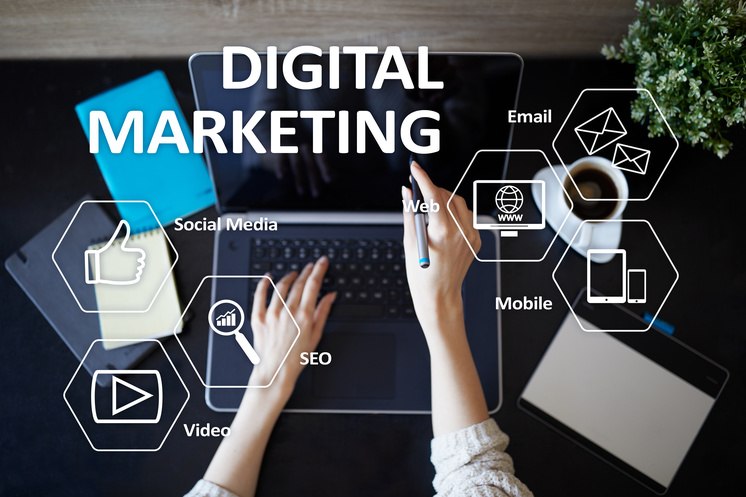Security breaches, regardless experienced by Fortune 500 companies, communities, government entities, judicial systems, healthcare, or institutions, have sadly become so prevalent that most hardly make the news. Those that do so are quickly removed from the regular news cycle.
However, the absence of people’s attention does not imply that these violations are not severe. According to the Identity Theft Research Center (ITRC), the overall cyberattacks in 2021 has already surpassed the previous year’s total by 17%. A data leak has impacted about 282 million people. Since cyberattacks on businesses have increased, both in numbers and magnitude, the need for CMMC consulting VA Beach has become significant.
Though the common public appears disinterested in the subject, research reveals that firms who are victims of cyber assaults suffer reputational harm inside their sectors and client base, which costs money. According to the research, these costs include “business interruption and income losses from system outages, cost of lost customers and finding new clients, reputational losses and decreased goodwill.”
Keep in mind the focus on reputation. According to Aon’s 2017 Global Risk Management Survey, one of the top ten hazards confronting firms worldwide is reputational harm.
So, what can firms do to rebuild confidence and reduce the cost of reputational harm after a data breach? The next four stages, according to CMMC cybersecurity experts are crucial.
Analyze and remediate the root cause of the data breach: Determine the precise cause and then address it effectively to guarantee that the harm is confined. As per CDBR, leaked credentials were accountable for 20% of data theft, second by phishing (17%) and cloud configuration issues (13%). (15 percent). Additional damage is probable if the company does not have a solid action framework to tackle and fix the problem. When business leaders do make the breach public, they must ensure that the issue has been resolved and minimized.
Notify impacted parties in a transparent manner and according to data breach communication regulations: Private companies in all 50 states are obligated by law to notify impacted people if their personally identifiable data is taken as a consequence of a data breach. Even businesses that are not obligated to do so must do so for the sake of their credibility. In such cases, honesty is critical because consumers, suppliers, service users, and anyone whose data has been taken must act fast to preserve their identities and data. The more information the afflicted business can verify and give about the incident, the better.
It demonstrates that the firm is working to control the breach while also accepting responsibility by not concealing or suppressing facts, no matter how detrimental it may be.
Create and explain countermeasures for averting future attacks, including the creation and implementation of an incident response (IR) plan: Once a company has identified the source of a data breach, fixed it, and publicly communicated what transpired, its management must devise remedies to avoid a similar assault from occurring again. Establishing and adhering to an incident response strategy is critical—cybersecurity experts warn that attacks on enterprises of all sizes are nearly unavoidable. CDBR discovered that having IR abilities after a breach might save a company $2.46 million in recovery costs. It is vital that the company share the action plan to the public in order to demonstrate its commitment to data security in the future.
Prove continuous CMMC cybersecurity commitment: The impacted company must demonstrate to the public its commitment to good cybersecurity long after the cyber event has happened. This might involve conducting public panels and seminars on cybersecurity industry standards with industry professionals, as well as developing marketing strategies that demonstrate customers how much cash the company is spending in cybersecurity and what adjustments it has done since the security leak to avoid a repetition.…



